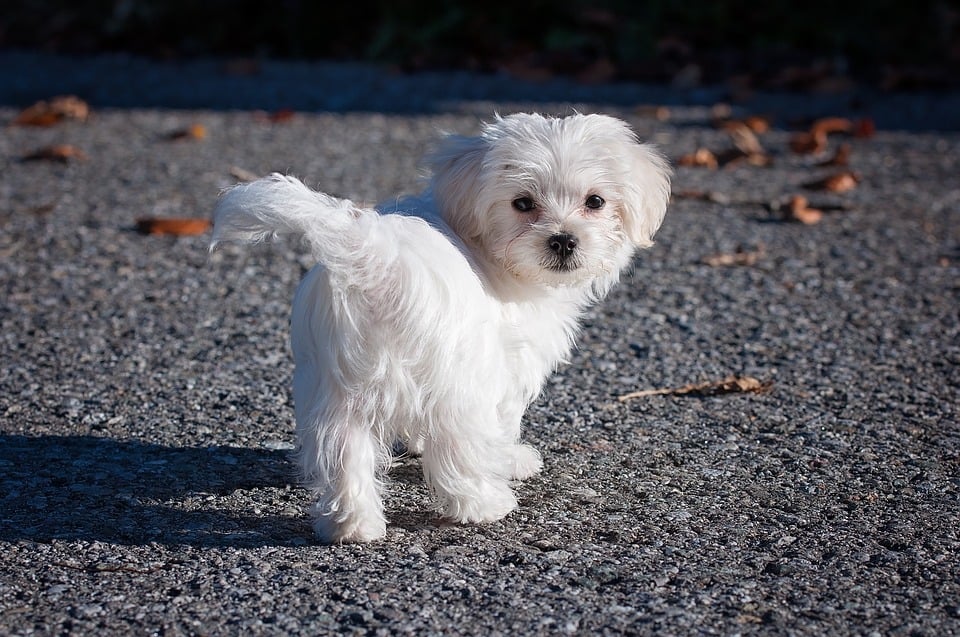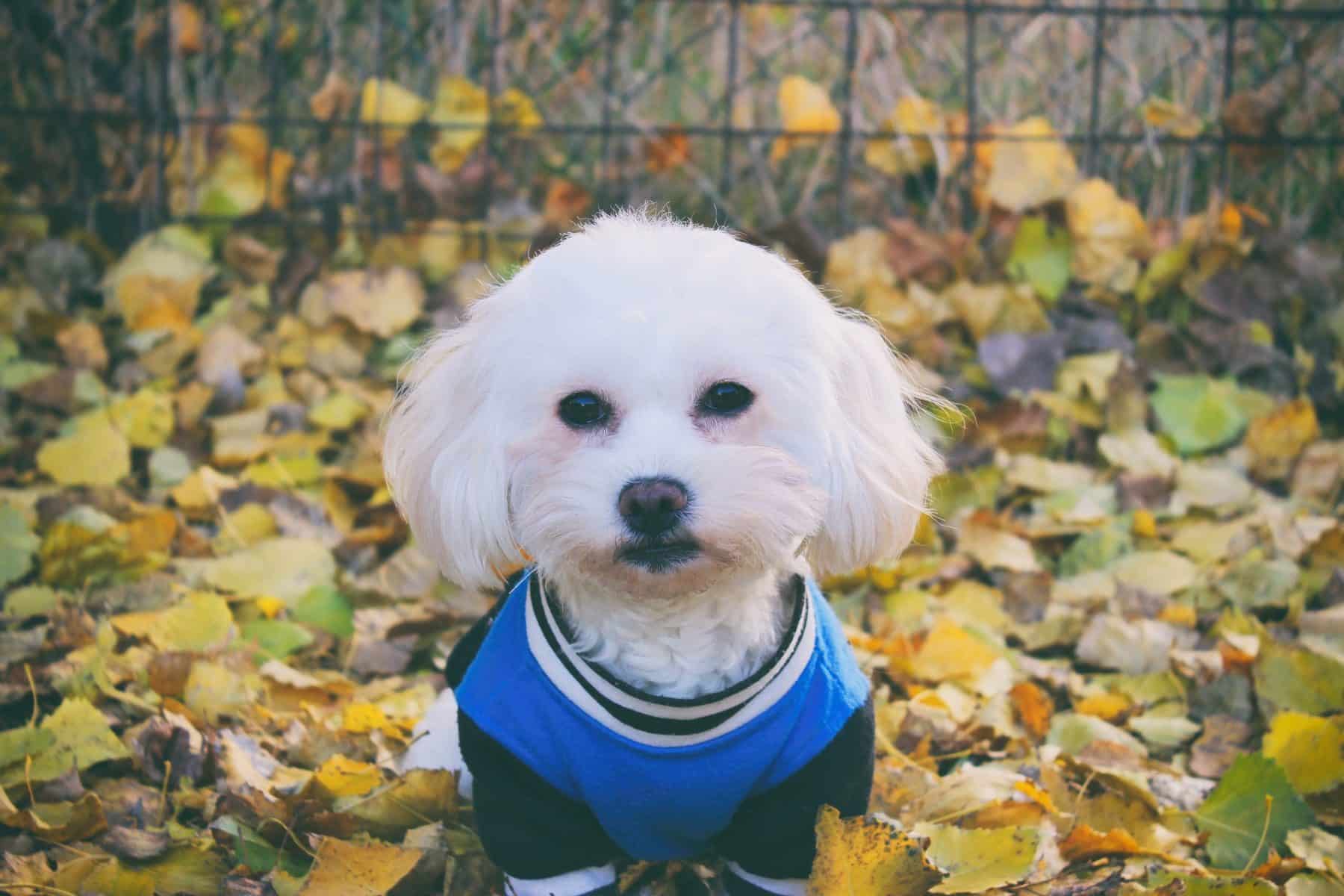Maltese Puppies: The Ultimate Guide for New Dog Owners
Maltese Puppies: The Ultimate Guide for New Dog Owners
Dog > Breeds
Covered in a white luxurious fur, Maltese dogs were born to live in the lap of luxury and the laps of humans. Well into adulthood, Maltese are often playful and energetic, doing their signature move of bouncing up and down with joy. Maltese puppies love to play with their toys, many of which are larger than their tiny puppy frame!
The Maltese, also known as “Ye Ancient Dogge of Malta” has been around for thousands of years. They were likely brought to Malta by the Phoenicians, a civilisation that ruled the Mediterranean before Greece. In 1500 B.C., traders in Malta were collecting precious gemstones, silks, and certain white lap dogs. Even thousands of years ago, Maltese were treasured by many and were considered a sought-after ‘ladies dog’.
Eventually, this show-stopping pup made its way to the aristocrats of the Roman Empire. There are many paintings and poems depicting this breed, and it was said that a Roman matron’s outfit wasn’t complete without a Maltese present. After the fall of Rome, the Chinese saved this breed from extinction and treasured them in their own royal courts.

Pixabay/Pezibear
Maltese puppy facts
Maltese puppies are destined to become pint-sized royalty. With their long lineage in the royal courts, this noble dog is the epitome of “big things that come in small packages”. Here are some facts you need to know before owning a Maltese puppy.
| Size | Small. Adults reach a height of 18-23cm (7-9in) and usually weigh under 3kg (7lbs) 2-3kg (4-6lbs) is preferred for this small toy breed. |
| Breed Characteristics | With a small and compact stature, Maltese almost look like cartoon dogs. They’re usually covered with white long fur that often reaches the floor, but can be cut in a variety of hairstyles. Their drop ears hang low, and their eyes are dark and expressive. Maltese have a plume of long hair for a tail and petite legs and feet with black toe pads. |
| Temperament | These little dogs can pack a big punch. Though small, they make excellent watchdogs due to being highly alert and aware of their surroundings. Springing into action, they can be quite athletic, running and playing regularly. They’re also deeply affectionate and are excellent lap dogs. |
| Grooming and Health Needs | The Maltese’s striking white coat requires regular brushing to prevent knots and tangles. To be camera ready, the Maltese also needs regular baths and conditioning treatments for their luxurious hair if you choose to keep it long. They minimally shed, but it’s important to check their nails for trimming and ears weekly for wax build up. As Maltese get older, they’re prone to having teeth issues. They need regular teeth brushing along with their grooming routine to avoid plaque build-up. Maltese are generally healthy dogs. Before getting a Maltese puppy, be sure to ask the breeder if they’ve screened the litter for PDA (patent ductus arteriosus) and if they’ve been bile-acid tested for potential issues of the liver. |
| Training | Maltese have a mind of their own, and can at times be a little strong-willed. They’re treat motivated, however, so carry plenty with you as you teach Maltese puppies the basics of good dog behaviour and stick to positive reinforcement training. Early socialisation and puppy obedience classes are also always a good idea. They are highly intelligent, so don’t be surprised if they try and trick you into getting what they want! Maltese are masters in obedience and agility due to their eagerness and energy. |
| Energy Level | Maltese are energetic, but because of their size can adapt to indoor or outdoor playtime accordingly. When excited, they’ll be seen bouncing around and want some well-deserved playtime with their toys and their favourite humans. |
| Life Span | Maltese live between 12-15 years on average. |
Who’s the best human for a Maltese?
Maltese puppies love humans of all ages and have the energy to burn. Maltese make surprisingly excellent miniature guard dogs, and due to their stature are great for flats or houses. Maltese tend to be stubborn at times and require regular grooming, so this breed is best for someone who has patience and time to train their Maltese puppy for their full potential! And remember, if you can’t be around as much as you’d like to be, you can find a local sitter on Rover.com who offers dog boarding and can give your dog all the attention they deserve while you’re gone.
Getting a Maltese puppy
Whether to adopt or to work with a breeder for your new Maltese puppy is a personal choice that requires research. Thankfully, there are many resources out there to help you find a rescue or breeder who offers healthy, ethically-sourced Maltese puppies.
Knowing what you’re in for when you get a Maltese puppy is an important step in being a responsible pet owner. Whether you find a responsible breeder or are planning on adopting, prepare yourself for an energetic and friendly addition to your household.
Finding a Maltese breeder
It may be surprising to know, but adopting a Maltese puppy is possible. Most breed rescues report that a majority of their rescue dogs come from individual owner surrender, with the most common reasons being a change in lifestyle or the breed not being right for them. This means that there may be many dogs and puppies out there who are looking for a new forever home.
The Kennel Club also has an excellent list of maltese rescues on their site.
The main difference between a breeder and a rescue is that a rescue may not always have young puppies to choose from. The benefit, however, is that most are mandated to only adopt out dogs who have been microchipped and spayed/neutered. This means you may end up with a dog who’s already been housebroken and doesn’t need these common medical procedures. You may also find a Maltese mix that has all the traits you want from the breed, but with a little extra thrown in. The Kennel Club also offers resources for finding a breeder, with fairly strict guidelines on who they let participate.
